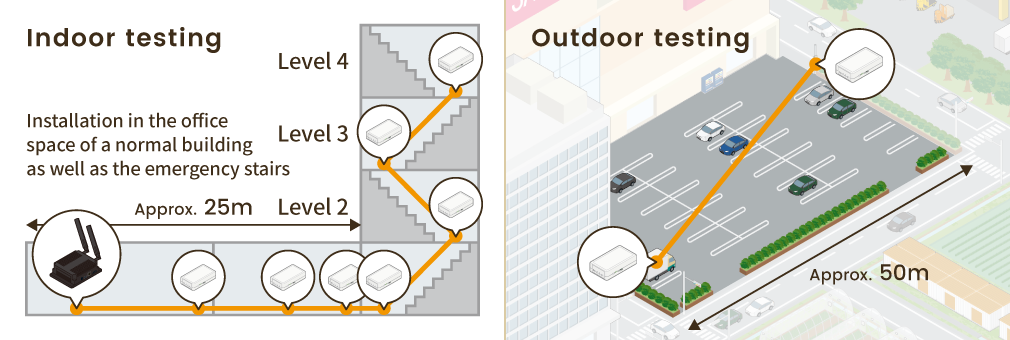See below for technical information on Degu.
Spore Lab, an integration partner of the Degu project, has published blog posts about Degu.
Requirements for Degu are as follows:
For details, see the Get Started page.
Grove Modules are available individually at stores selling Seeed products, but if you would like to just give them a try, we recommend the ‘Grove Starter Kit for Degu’ which comes with six types of Grove sensors including the light sensor, 3-axis accelerometer sensor, barometer sensor, screw terminal, relay and buzzer. Compatibility of the modules included in the Grove Starter Kit is verified with Degu sensors, and the compatible MicroPython sample code is available on GitHub.
The Degu Base Unit and Grove Starter Kit can be purchased from any of the Degu product sales outlets. These sales outlets may also have their own packages available. For details, please contact the individual outlets in the List of Sales Outlets.
If you want to just ‘give it a go’, you can simply work through the configuration as shown in the Degu User Manual. Since linking is required with the cloud, computer literacy to the level of being able to configure a serial console is required. In addition, since Degu sensor configuration is conducted with MicroPython, a certain level of knowledge of Python language enables a wider range of configuration options (of course the sample code can also be used as-is).
It should be noted that Degu covers the process up to uploading data to the IoT hub in the cloud. Knowledge for design and/or development relating to how to process and/or use that data on the public cloud (AWS or Microsoft Azure) is up to the individual user.
MicroPython is an implementation of the Python3 programming language which is optimized for use in environments such as microcontrollers and embedded systems where memory can be limited, and it is compatible with most Arm boards. It includes a small subset of the Python standard library, and features compatibility with standard Python language where possible. It is available with an MIT license.
Detailed documentation on MicroPython is freely available at the following site.
Degu specifications generally allow for the use of 3.3V compatible Grove Modules.
The MicroPython sample code for using Grove sensors in Degu is available on GitHub.
Install serial terminal software (‘minicom’, ‘Tera Term Pro’ etc) and a text editor on your PC for development. Detailed technical information is included in the manual. Please see the Degu User Manual available on GitHub.
To set up your AWS account, see here.
By configuring a link between AWS (AWS IoT Core) and the Degu Gateway, the Degu Gateway can be easily registered and added to AWS with a smartphone or PC. For detailed steps, please see the Degu User Manual.
The structure of Degu enables linking to various platforms. We plan to have information on compatibility available on Degu-related sites.
If you have questions about Degu development, please check the Degu User Manual as a first step.
If you cannot find a solution to your issue in the manual, you can ask a question in the user community.
The Degu Mass Production Design Service is available, which provides board redesign and manufacturing based on the design developed with the Degu Base Unit. It is possible to have the design developed with the Degu Base Unit fitted into a small sized case (about 30 x 50 mm).
Orders are taken through CoreStaff. For details, get in touch with CoreStaff offices or subsidiaries.
Once a number of Degu-compatible sensors become available, we plan to put these on the Degu site.[1]
To discuss this with us, fill out the Web form below.
[1] This is not a certification system. Confirmation of connectivity is the responsibility of the company providing the device.
We have confirmed that communication is possible with the distances in the diagram at the right, with Thread networking using Degu sensors. The diagram shows a normal office environment within a building (indoors) and an environment where vehicles move around (outdoors).
Note: The distances shown in the diagram at the right are all reference values only, and do not represent any guarantee of communication distance. The installation environment can significantly affect Thread wireless networking. At the time of operation, be sure to check the possible communication distance in your operation environment.
